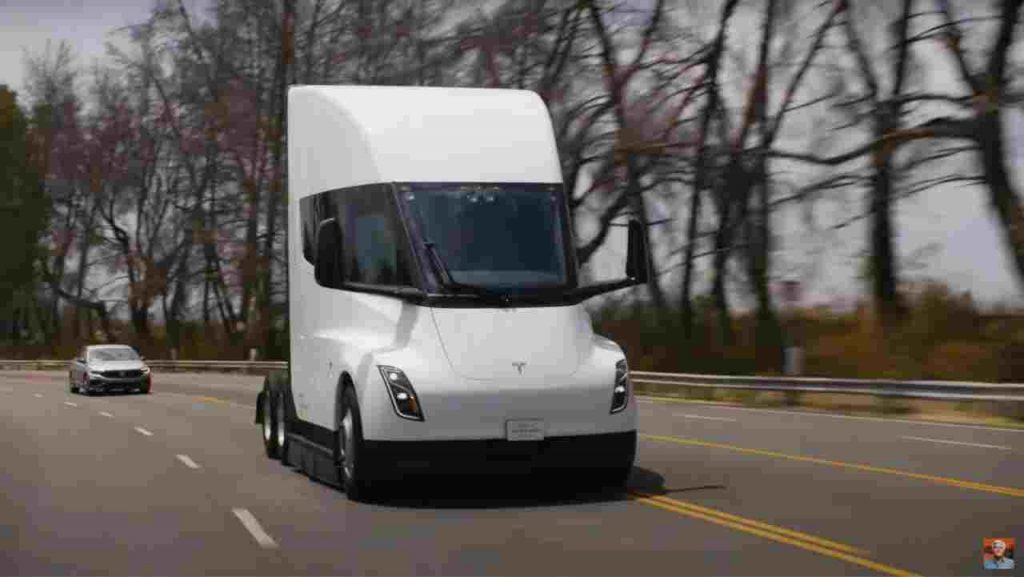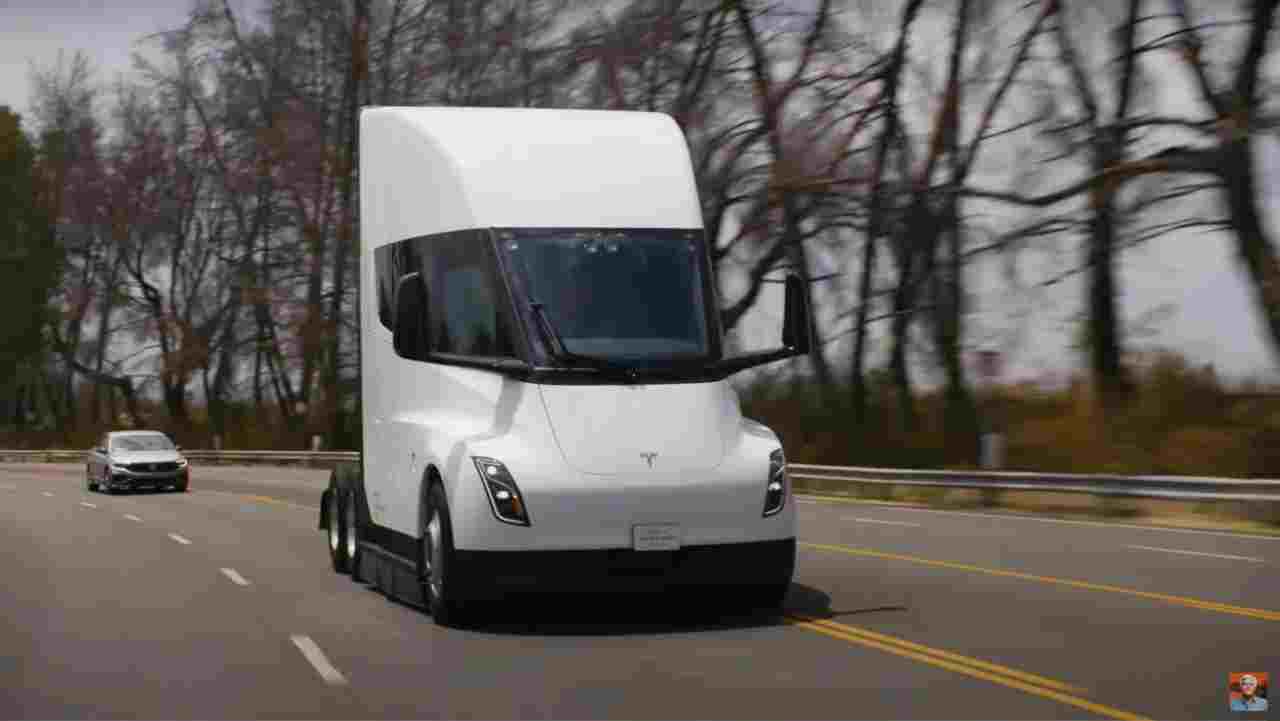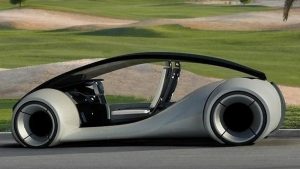Tesla Semi: An electric revolution on wheels

Tesla Semi (motorauthority.com)

Jay Leno takes Tesla’s Semi for a spin, Unveiling the future of commercial trucking
Production of the Tesla Semi is finally in full swing after its grand unveiling in 2017, marking a significant milestone in the world of electric vehicles. Late last year, the first fleet of these groundbreaking battery-powered semi-trailer trucks was delivered to eagerly awaiting customers. In a rather unexpected turn of events, famed TV host and car enthusiast Jay Leno was given the opportunity to experience the Tesla Semi firsthand in the latest episode of his online series, “Jay Leno’s Garage.”
Leno’s encounter with the Semi took place at his iconic garage in California, where he was joined by two key figures from Tesla, the innovative automaker leading the electric vehicle revolution. Franz von Holzhausen, Tesla’s chief designer, and Dan Priestley, the senior manager of semi-truck engineering, were present to provide insight into the origins of this groundbreaking project.
The concept behind the Tesla Semi was initially conceived by the then-Chief Technical Officer, JB Straubel, who, incidentally, later departed Tesla to establish the battery-recycling firm Redwood Materials. In a bid to uphold Tesla’s mission of zero-emission transportation, Straubel was compelled to address the issue of shipping battery packs from Tesla’s Gigafactory in Reno, Nevada, to its vehicle plant in Fremont, California, using traditional diesel trucks. The inception of this idea was influenced by another Tesla executive, previously associated with renowned truck maker Freightliner. Over time, the concept evolved into a full-fledged production project.
Despite Tesla’s absence from the commercial vehicle sector, the Semi introduces some unconventional design features, such as a central driver’s seat. Von Holzhausen emphasized that the design process incorporated valuable insights from discussions with experienced truck drivers. Notably, the front corners of the Semi were meticulously designed for easy repair, as they are most susceptible to damage. To enhance safety, the Semi boasts a similar ride height to traditional diesel semi-trucks and features innovative elements like suicide doors to facilitate entry and exit. These considerations are particularly important, given that accidents involving truck drivers falling off their vehicles are a leading cause of workers’ compensation claims in the industry. The central driver’s seat further enhances visibility, an essential safety feature.
The Tesla Semi is available in 300-mile and 500-mile range versions, with exceptional energy efficiency, consuming less than 2 kWh per mile. Additionally, the Semi boasts DC fast charging capability, enabling the restoration of 70% of its range in just 30 minutes. Tesla’s Dan Priestley asserts that these electric trucks are already transporting batteries from Nevada to California, adhering to the same schedules as traditional diesel trucks. With projected savings of $200,000 over three years in fuel costs alone, the Tesla Semi promises to be an appealing choice for fleet operators.
Equipped with a three-motor powertrain, the Semi can effortlessly maintain highway speeds even on a 5% grade. It can accelerate from 0 to 60 mph in a mere 20 seconds while carrying its maximum gross weight of 82,000 pounds. Without a trailer in tow, the Semi can achieve the 0-60 mph sprint in just 5 seconds. Although these performance claims weren’t challenged in Leno’s test drive, the Semi was put to the test while towing another Semi, resulting in a gross weight of approximately 60,000 to 70,000 pounds.
The journey towards production was initially slated to begin in 2019, but was delayed due to various factors, including limited availability of battery cells, supply chain challenges, and Tesla’s prioritization of Model Y production in its Texas factory. Tesla eventually announced the commencement of deliveries in December 2022. According to Dan Priestley, around 60 to 70 trucks have been built since then, with Tesla planning to gather valuable feedback and implement necessary changes before scaling up production. To support this expansion, Tesla’s Nevada plant is currently undergoing a $3.6 billion upgrade specifically for the increased production of the groundbreaking Tesla Semi.





